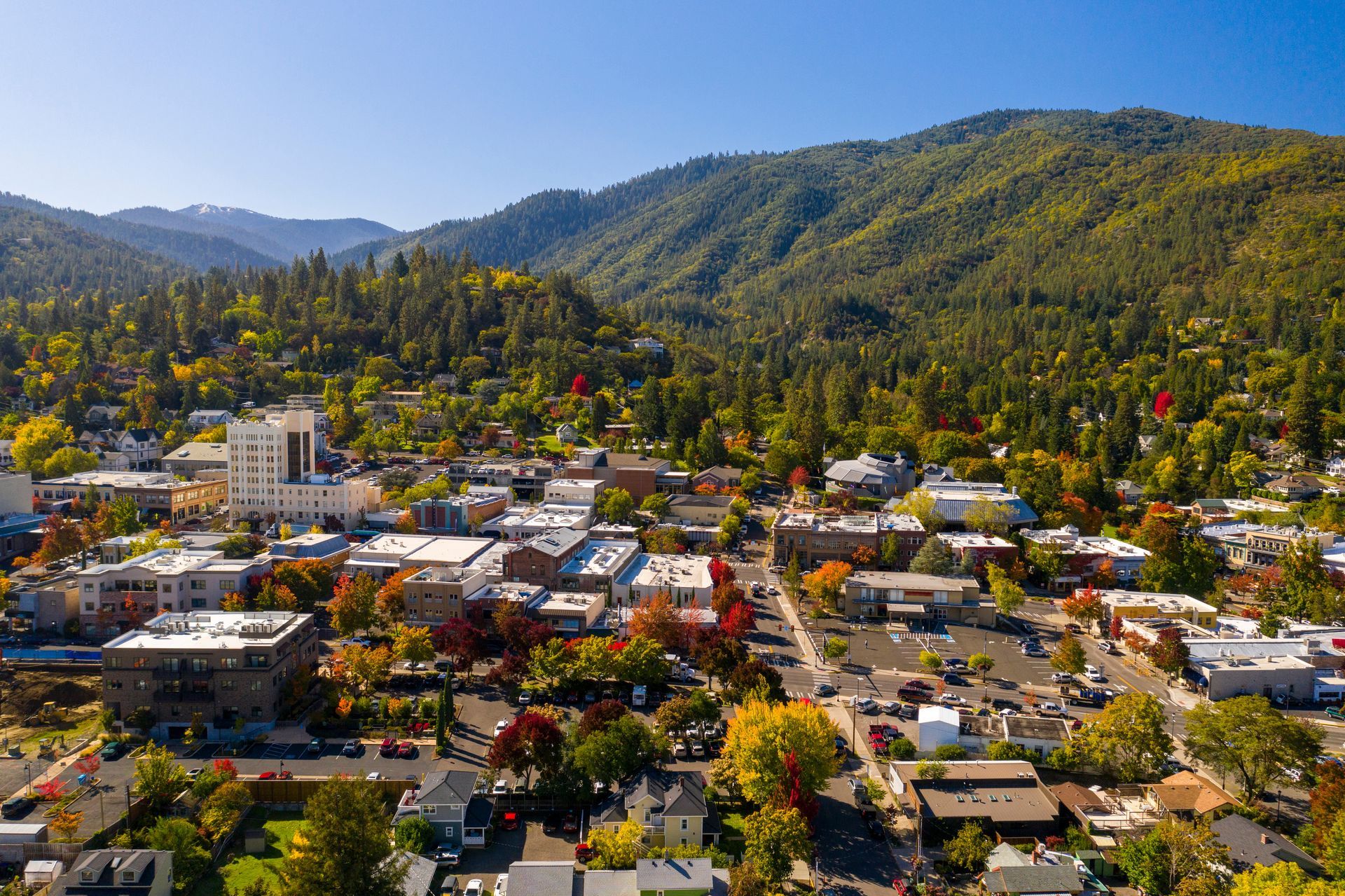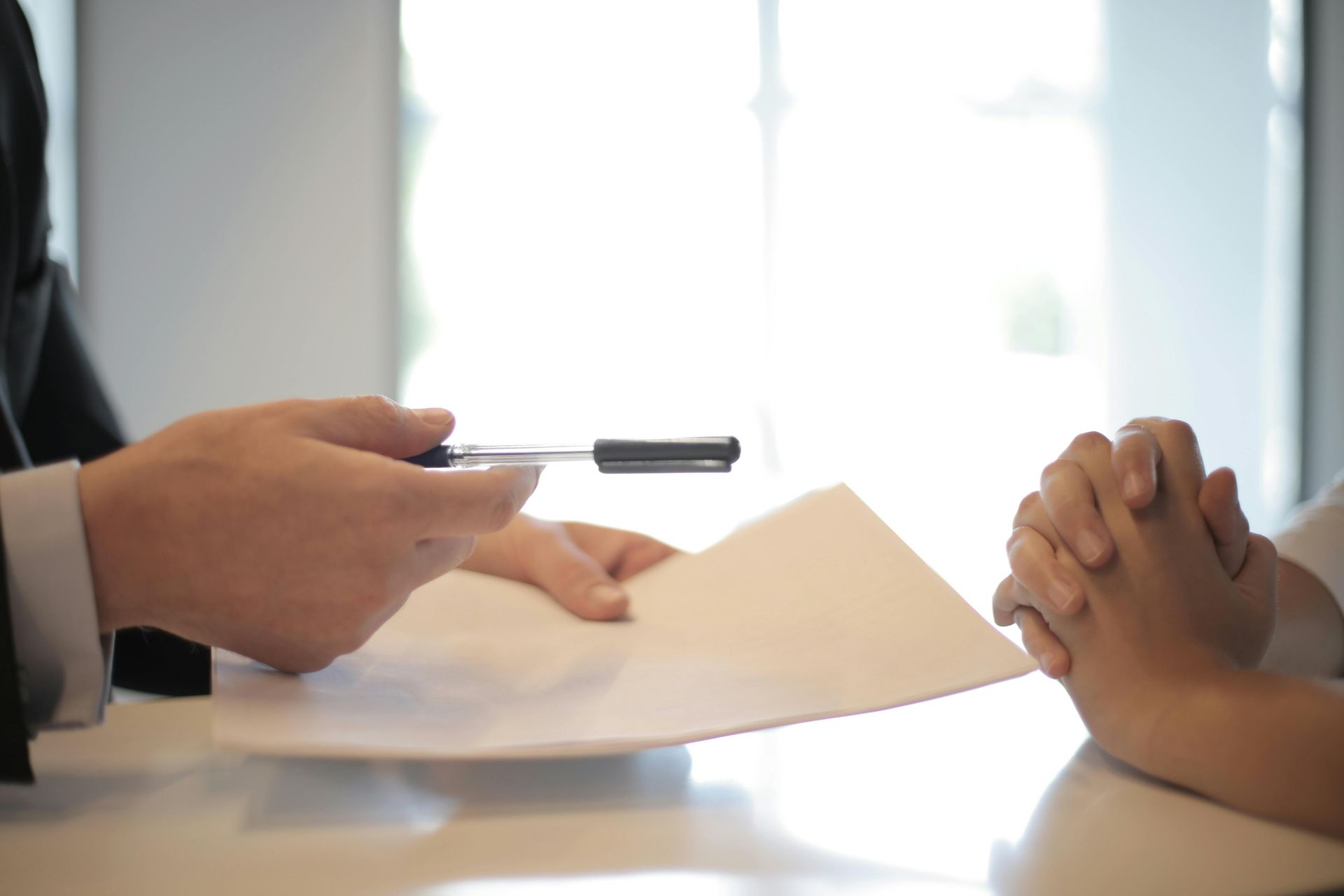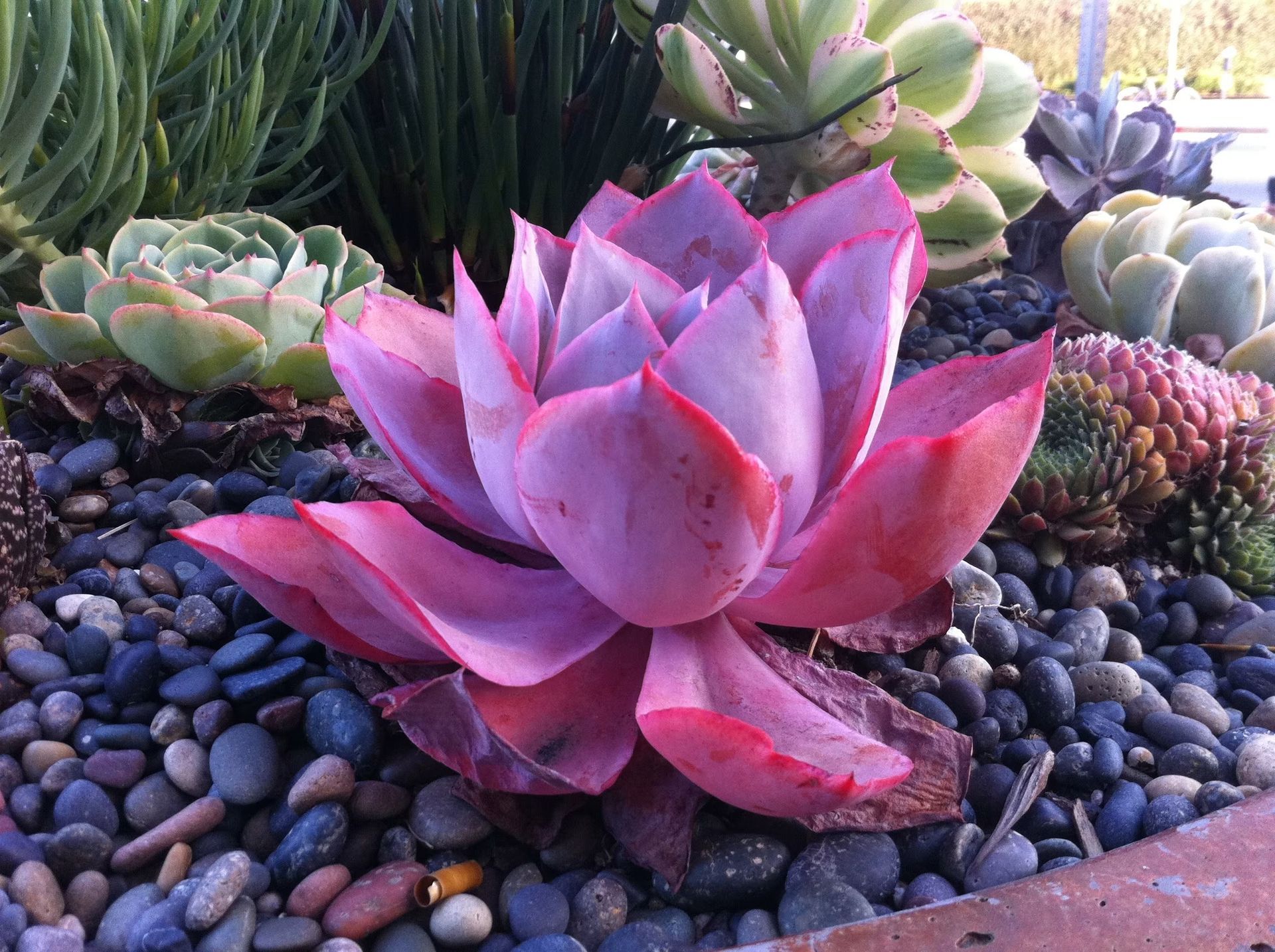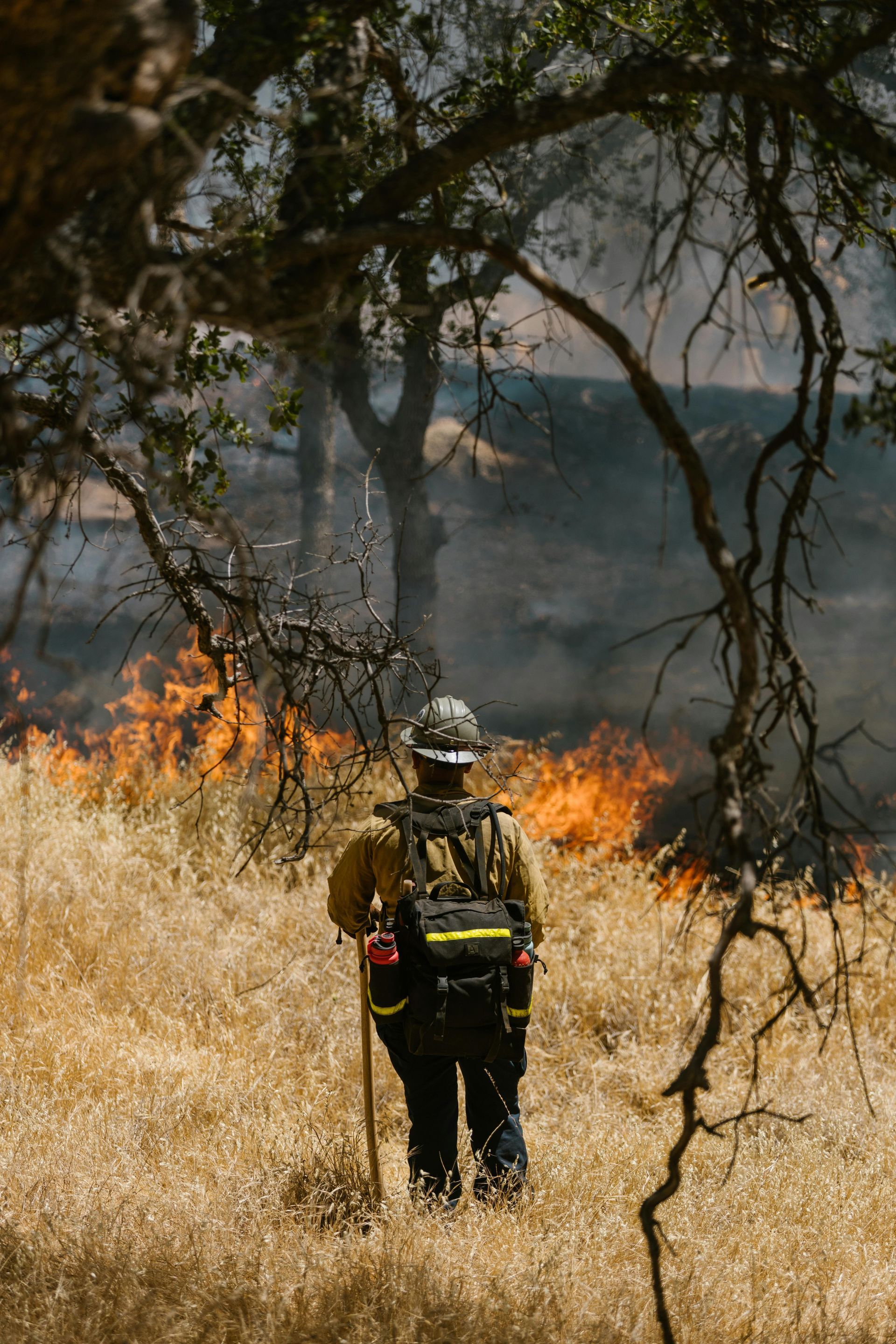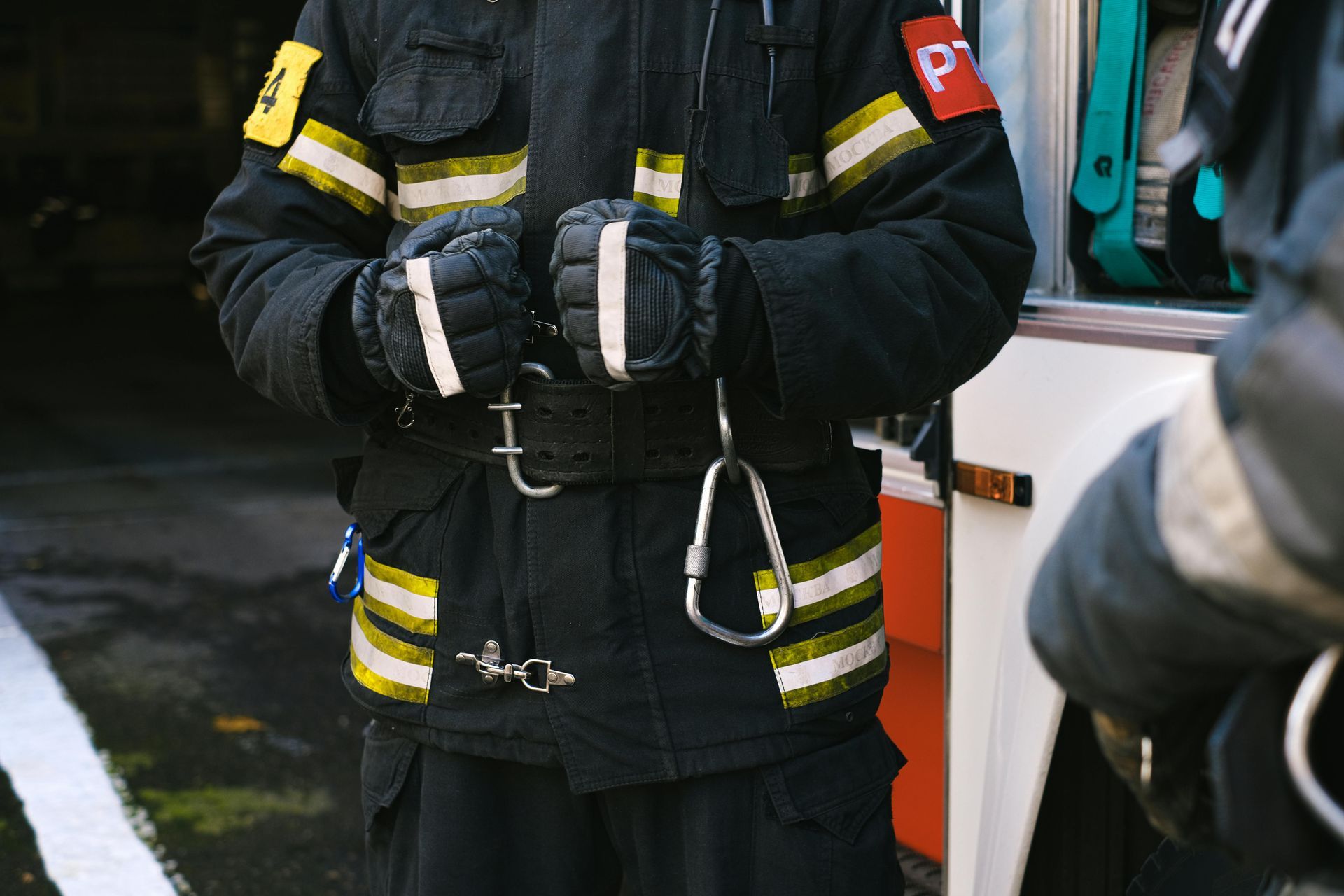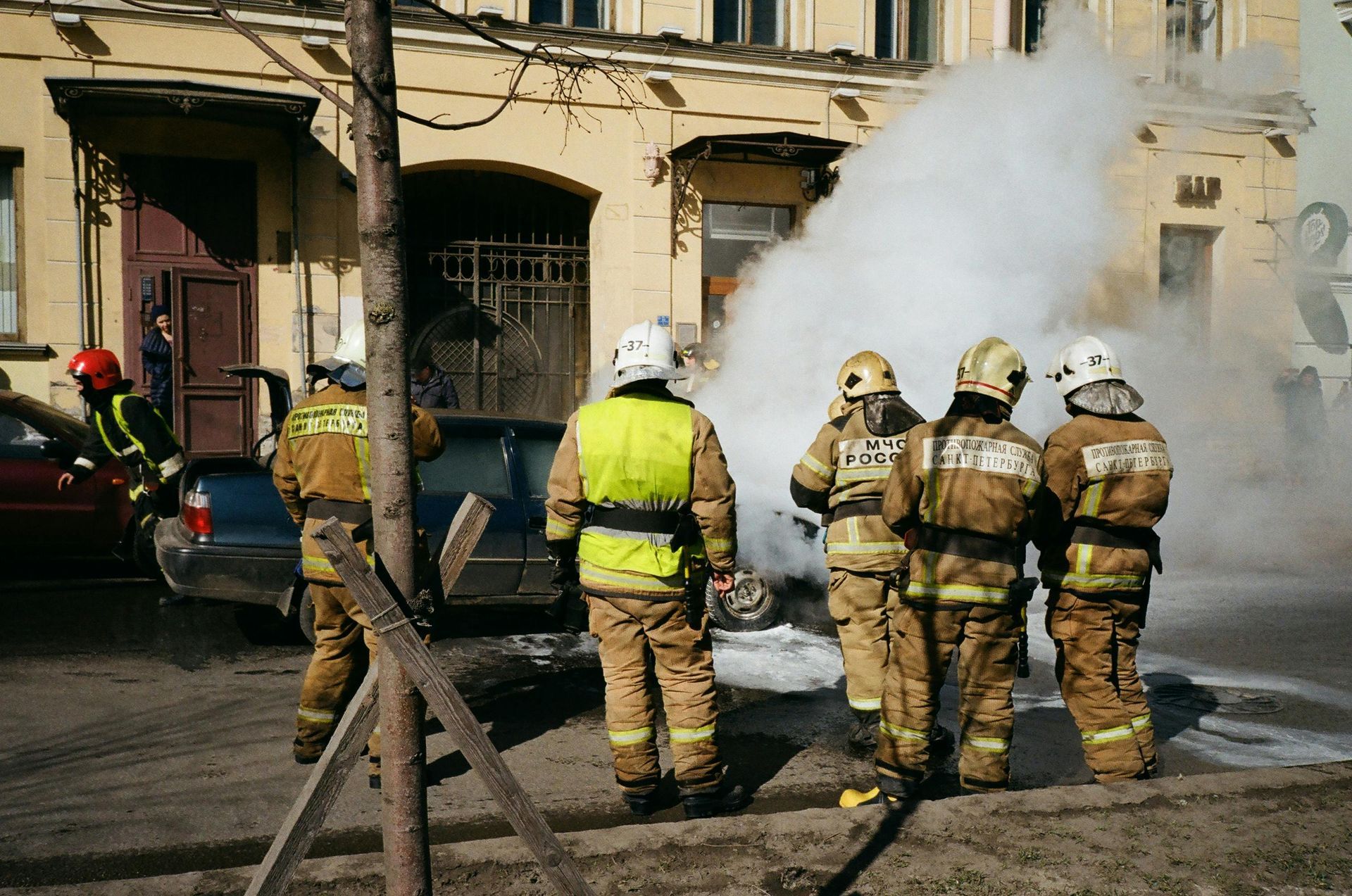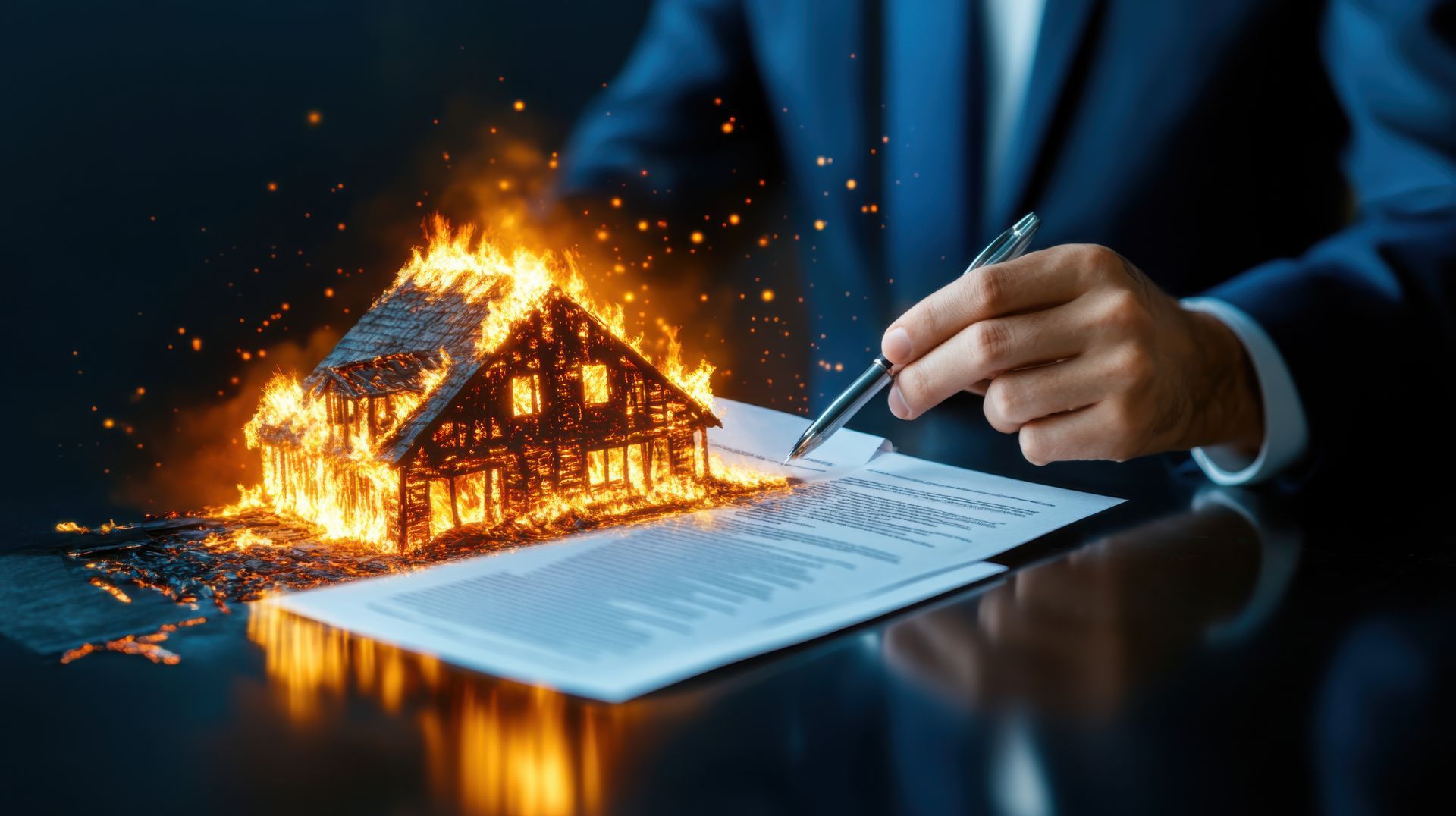The Growing Fire Insurance Crisis in Oregon's Wildland Urban Interface
The Growing Fire Insurance Crisis in Oregon's Wildland Urban Interface
The landscape of homeowner's insurance in Oregon is undergoing a dramatic transformation, particularly for those residing in the Wildland Urban Interface (WUI). As a certified wildfire mitigation specialist working directly with affected property owners, I've witnessed firsthand the escalating challenges homeowners face when attempting to secure or maintain insurance coverage.
Insurance companies across Oregon are increasingly implementing stringent policies or outright cancelling coverage for properties in wildfire-prone regions. This trend has accelerated in recent years, leaving thousands of homeowners in Southern Oregon communities like Roseburg, Eugene, Medford, and Ashland in precarious situations. Many find themselves with few options: pay substantially higher premiums, accept severely limited coverage, or risk going without insurance altogether.
The root causes of this crisis are multifaceted. Climate change has extended fire seasons and increased the intensity of wildfires. Historical building practices often didn't account for wildfire resistance. And insurance companies, facing unprecedented payouts from recent catastrophic fire seasons, are recalibrating their risk models to protect their financial stability.
Understanding Insurance Company Perspectives
Insurance providers are businesses that must balance risk against profitability. Their retreat from WUI areas reflects a data-driven assessment that these properties represent an unsustainable financial liability. When examining their decision-making process, several factors come into play:
First, insurers rely on sophisticated risk modeling that increasingly flags WUI properties as high-risk investments. Second, reinsurance companies—who essentially provide insurance for insurance companies—have raised their rates or limited coverage for wildfire losses, forcing primary insurers to adjust their policies accordingly. Finally, regulatory frameworks haven't kept pace with the rapidly changing wildfire landscape, creating uncertainty in the market.
For property owners, this translates to a frustrating experience: sudden non-renewals, dramatic premium increases, or coverage contingent upon extensive and costly property modifications. The timing of these insurance industry decisions has created significant cashflow challenges for many homeowners and businesses, who must quickly implement mitigation measures or face losing coverage.
Practical Solutions for Property Owners
Despite these challenges, property owners in Oregon's WUI areas have viable pathways to maintain insurance coverage. The key lies in understanding and implementing recognized wildfire mitigation standards:
Wildfire Prepared Home (WPH) Certification: This standard has become increasingly recognized by insurance companies as a benchmark for acceptable risk. Properties meeting WPH guidelines demonstrate comprehensive wildfire resistance through multiple defensive layers.
Defensible Space Implementation: Creating properly maintained zones around structures significantly reduces wildfire risk. This includes removing combustible materials within 5 feet of buildings, managing vegetation in the 5-30 foot zone, and addressing potential fuel sources in the 30-100 foot zone.
Structural Hardening: Upgrading vulnerable components of your home—installing fire-resistant vents, replacing wood shake roofing, enclosing eaves, and using appropriate siding materials—can dramatically improve survivability during wildfire events.
Documentation and Certification: Perhaps most critically, property owners need proper documentation of their mitigation efforts. Insurance companies increasingly require photographic evidence and professional assessments before approving or maintaining coverage.
How Oregon Fire Mitigation Services Addresses the Insurance Challenge
At Oregon Fire Mitigation Services, we've developed a comprehensive approach to help property owners navigate this complex insurance landscape. Our process begins with thorough property assessments using the WPH checklist—the same standard many insurance companies now reference when evaluating properties.
Our assessment process is methodical and documentation-focused. We inspect properties, take detailed photos and measurements, and document each item as compliant or non-compliant with industry standards. This creates a baseline understanding of a property's current vulnerability and provides clear direction for necessary improvements.
For properties requiring mitigation work, we provide comprehensive services including hard escaping, siding replacement, roofing upgrades, and vegetation management. What distinguishes our approach is our emphasis on documentation—we provide before and after photographic evidence of all improvements, compiled into professional reports specifically designed for insurance submission.
We've also recognized that maintaining compliance is an ongoing process, which is why we've developed subscription maintenance packages. These ensure properties remain in compliance with insurance standards through regular inspections and preventative maintenance, addressing a key concern of insurance providers who worry about properties falling out of compliance over time.
The Path Forward: Policy and Industry Evolution
Looking ahead, addressing Oregon's fire insurance crisis will require coordinated efforts from multiple stakeholders. At the policy level, there's a need for updated building codes that incorporate wildfire resistance standards for new construction in WUI areas. Insurance regulations may need revision to balance consumer protection with market stability.
The insurance industry itself is evolving, with some companies developing more nuanced approaches to wildfire risk assessment. Rather than broad geographical exclusions, forward-thinking insurers are implementing property-specific evaluations that reward mitigation efforts with continued coverage or premium reductions.
Community-level initiatives also show promise. Some neighborhoods are pursuing collective mitigation efforts, creating fire-adapted communities that may attract more favorable insurance options. Local fire departments and emergency services can play vital roles in these efforts through education and coordination.
Conclusion
The fire insurance crisis facing Oregon's WUI property owners presents significant challenges, but it's not insurmountable. Through proper mitigation, documentation, and ongoing maintenance, property owners can significantly improve their chances of maintaining affordable coverage.
As specialists in this emerging field, Oregon Fire Mitigation Services is committed to providing the expertise, services, and documentation necessary to help property owners navigate these challenges. By understanding both insurance industry requirements and effective mitigation techniques, we create pathways for homeowners to protect both their properties and their financial security in an increasingly fire-prone environment.
The future of wildfire protection in Oregon will likely involve closer collaboration between property owners, mitigation specialists, insurance providers, and policymakers. By taking proactive steps today, property owners can position themselves favorably in this evolving landscape while contributing to more resilient communities throughout Oregon's beautiful but fire-vulnerable regions.
Have wildfire safety questions?
Contact our certified team
